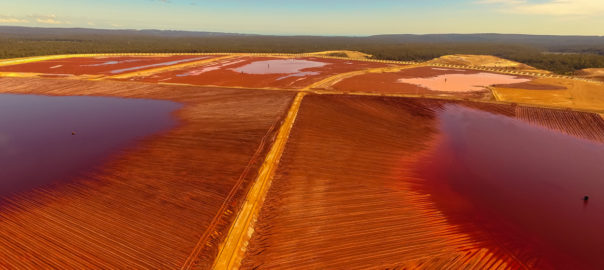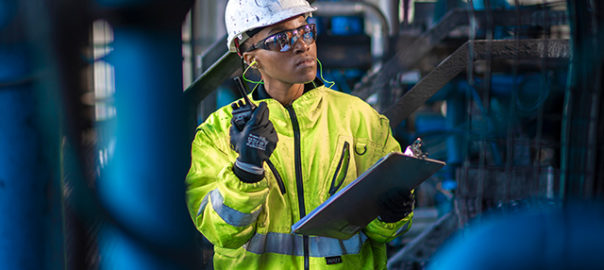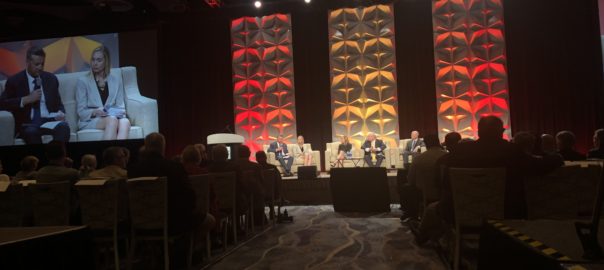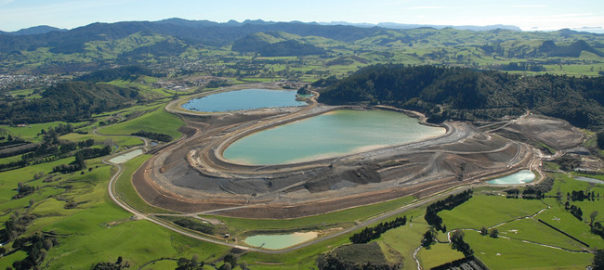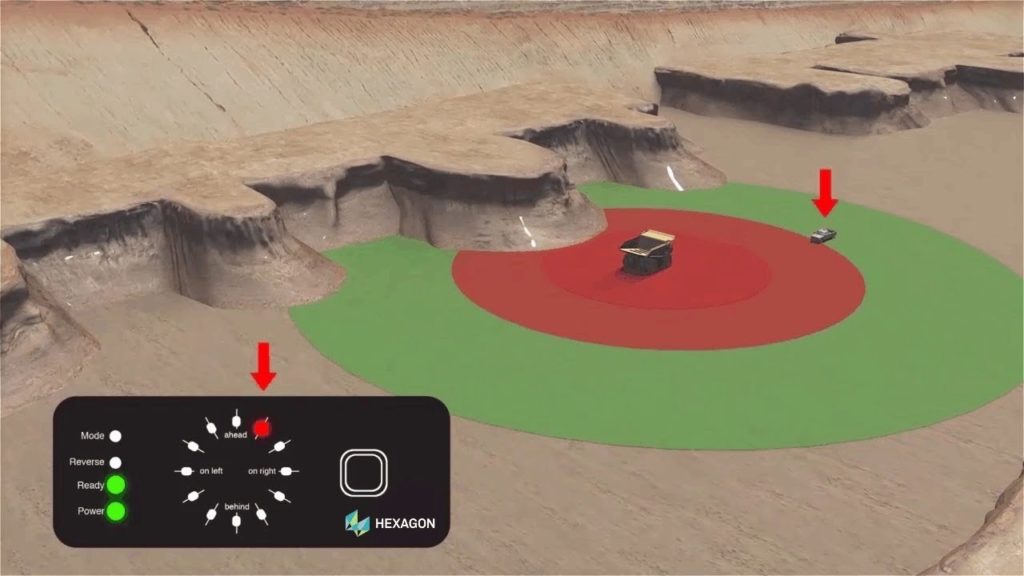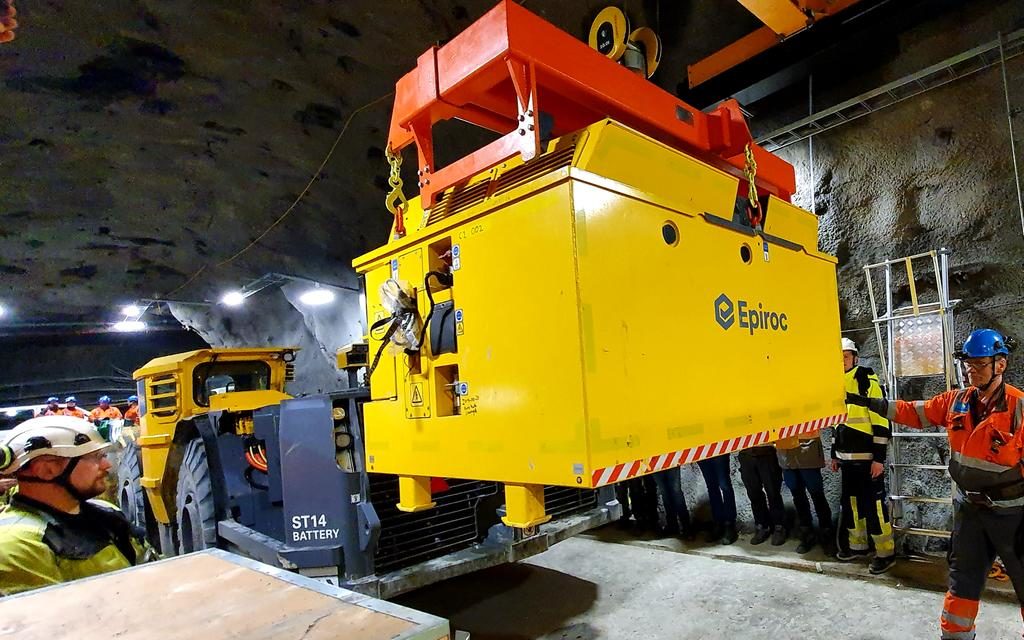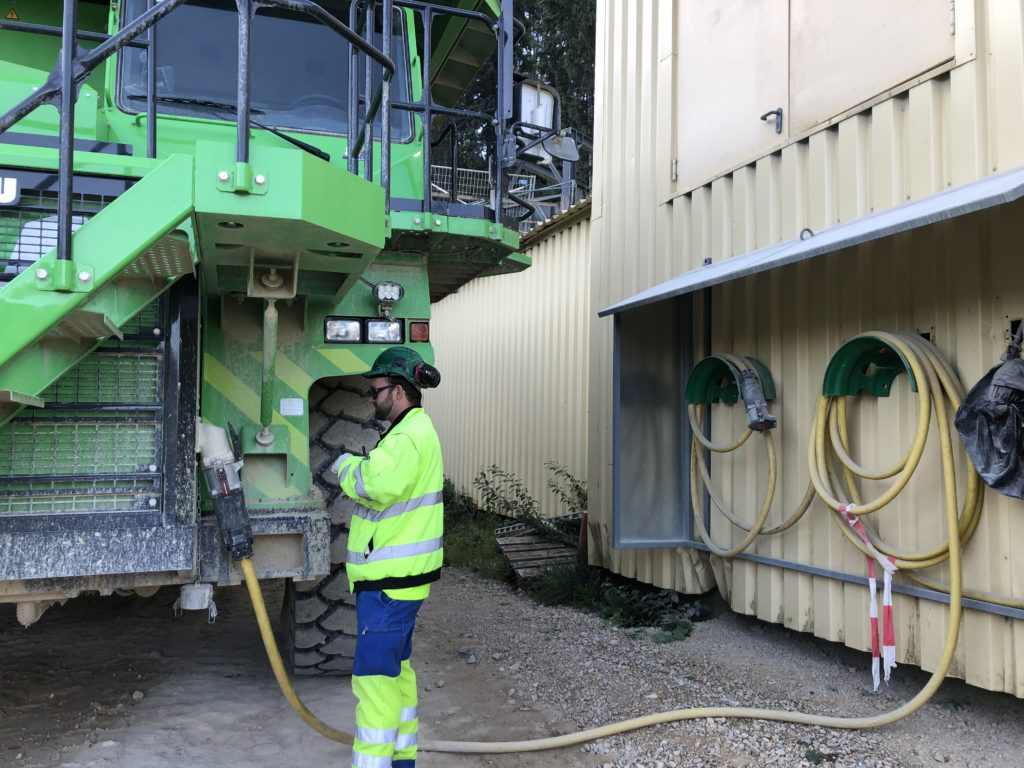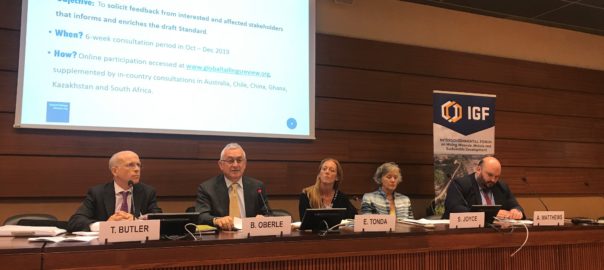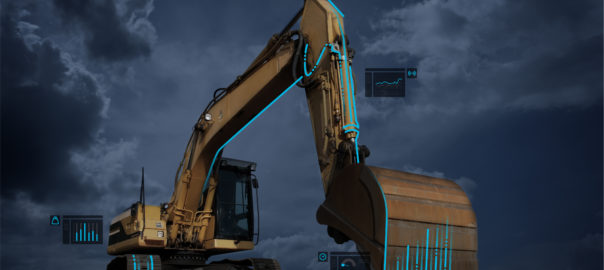Wesfarmers-owned software-as-a-service company, Decipher, says it has extended its successful TSF cloud platform to provide a solution to simplify the process of tailings storage facility (TSF) data disclosure as well as helping companies align with the new global tailings standard.
The recent Global Standard on Tailings Management was launched on the August 5, 2020. The historic agreement includes six topic areas, 15 principles and 77 auditable requirements, which covers the entire TSF lifecycle – from site selection, design and construction, management and monitoring, through to closure and post-closure.
With an ambition of zero harm to people and the environment, the standard significantly raises the bar for the industry to achieve strong social, environmental and technical outcomes by elevating accountability to the highest organisational levels and adds new requirements for independent oversight, Decipher says.
“These recent initiatives have encouraged mining companies to respond quickly to public demand for more transparency which has highlighted the need for a software solution which can improve tailings data management, reporting, monitoring, compliance and governance,” the company said.
This is where Decipher’s technology comes into play.
Decipher Chief Executive Officer, Anthony Walker, said the resources industry is actively seeking easily implemented, cost effective and globally accessible solutions.
“The early adoption from Tier 1 miners and general interest has been phenomenal indicating that there is a real need for a TSF data disclosure solution; it excites us that our technology platform can be leveraged to support better management and monitoring of tailings storage facilities,” he said.
Topic Area VI of the new standard requires operators to support public disclosure of information about tailings facilities, and participate in global initiatives to create standardised, independent, industry-wide and publicly accessible information about facilities. For example, the recent Investor Mining and Tailings Safety Initiative called upon 727 extractive mining companies to make public disclosures about their TSFs to form an independent global database – The Global Tailings Portal, developed by GRID-Arendal.
Due to manual processes, and often disparate and siloed datasets, mining operators have estimated it took them around six weeks per site to collate their tailings data, according to Decipher. “With many operators having well over 50 sites, this process is challenging and surfaced many inefficiencies,” it said.
After hearing these frustrations from the industry, Decipher designed a tailings database solution to help companies easily capture, manage and disclose tailings data, enabling them to meet data provision requests from industry groups such as the Investor Mining and Tailings Safety Initiative, it said.
Decipher has also been working closely with GRID-Arendal to create an API to facilitate automatic update of tailings data within the Decipher platform directly to the Global Tailings Portal.
“We believe this will significantly increase efficiency and provide a massive time savings for mining operators who choose to disclose regularly,” the company said.
Topic Area III of the standard aims to lift the performance bar for designing, constructing, operating, maintaining, monitoring, and closing facilities.
Recognising tailings facilities are dynamic engineered structures, this topic area requires the ongoing use of an updated knowledge base, consideration of alternative tailings technologies, and a comprehensive monitoring system.
“Decipher’s TSF solution is trusted by environmental, tailings, geotechnical and management teams globally to help improve monitoring, compliance, reporting, operational visibility and safety,” the company said. “The platform brings together data from laboratories, IoT devices, LiDAR, CCTV, drones, inspections and remotely-sensed platforms to serve users with up-to-date information to provide key data and insights, enabling teams to effectively monitor, govern and operate their TSFs.”
Armed with Decipher’s Tailings Database solution, Decipher says. customers can:
- Comply and meet requests for data provision from industry groups such as COE, ICMM, UNEP, PRI, Global Tailings Review and more, with fields embedded for simple reporting and tracking;
- Store an endless variety of tailings data in one location which is otherwise managed by a number of teams in disparate systems;
- Operate with increased confidence knowing required data is being collected and monitored;
- Easily visualise their operational TSF data on the map;
- Cluster data into key areas such as safety, risk, compliance, construction, design, roles and responsibilities;
- Assign actions and tasks for data collection with a register and audit trail of all actions and respective statuses to monitor progress, and reminder and escalation notifications;
- View dam data across multiple sites in a single screen with the ability to easily export for reporting;
- Facilitate automatic updates to databases and portals based on integration capabilities with third-party systems or public portals;
- View spatial visualisation to display tailings dams in proximity to surrounding environment and communities;
- Better align with standard such as the Global Tailings management; and
- Access custom reports.








